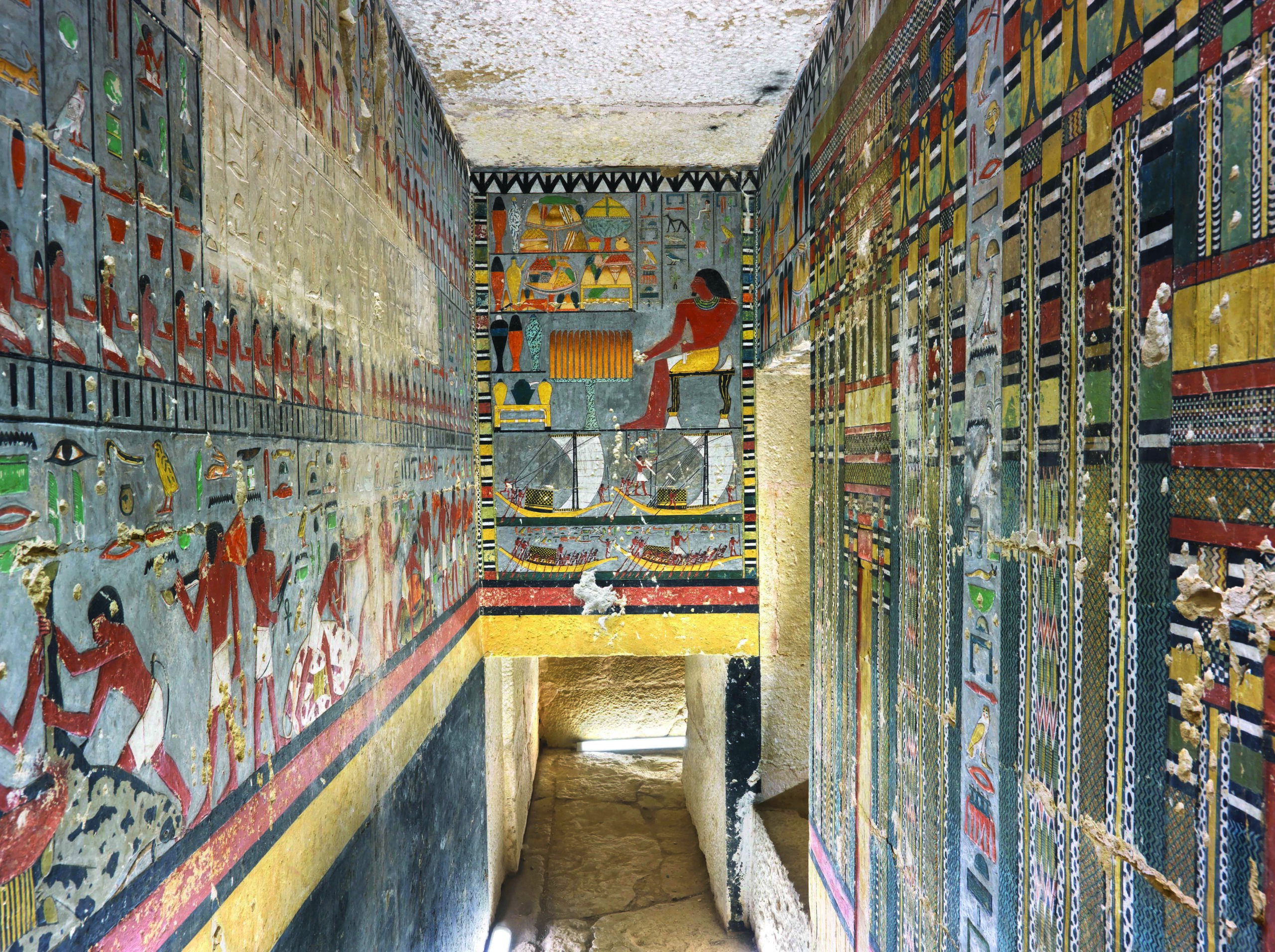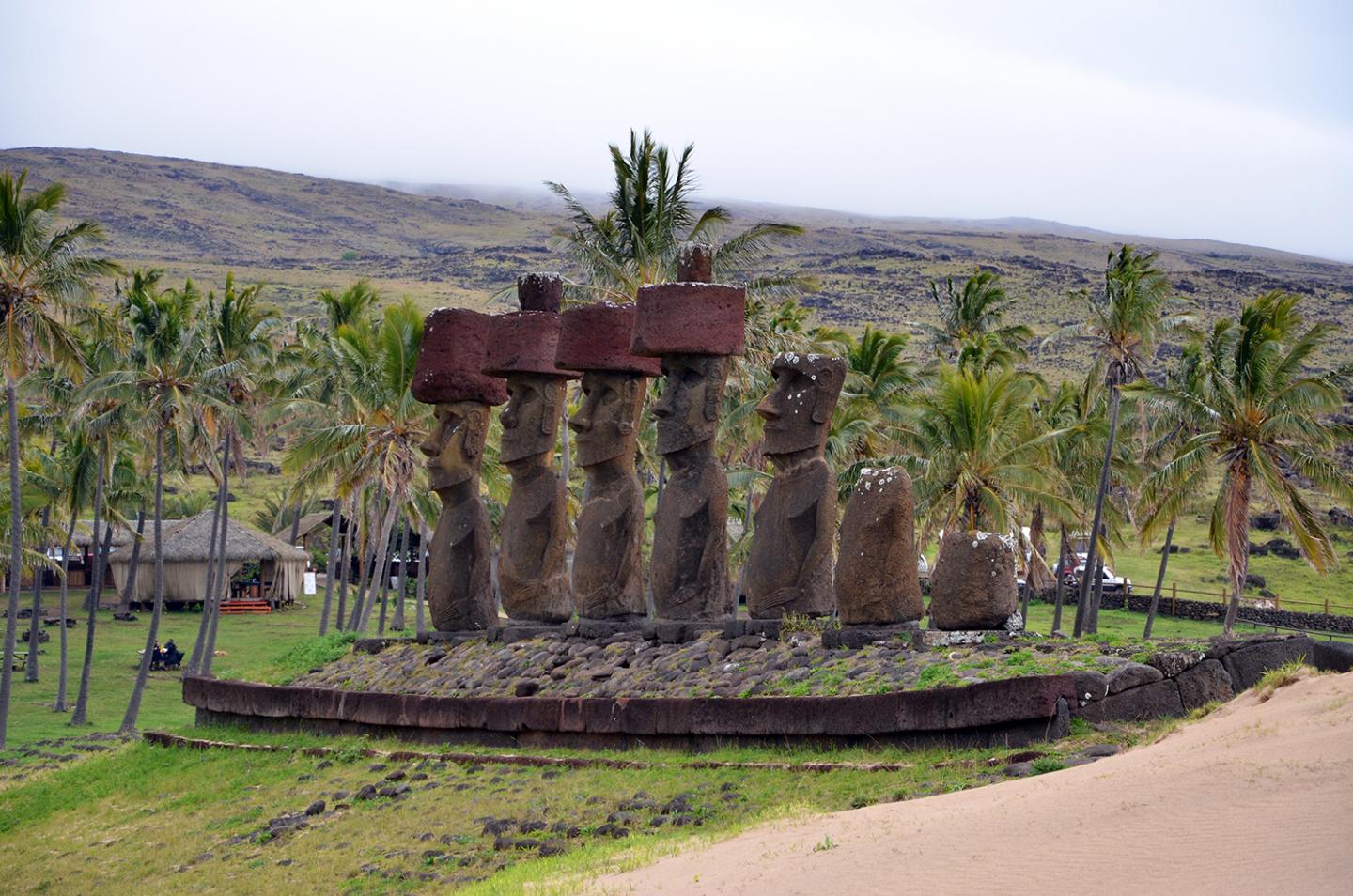
Questioning the Easter Island Collapse
News February 10, 2020

Recommended Articles
Digs & Discoveries May/June 2025
Update: Making History
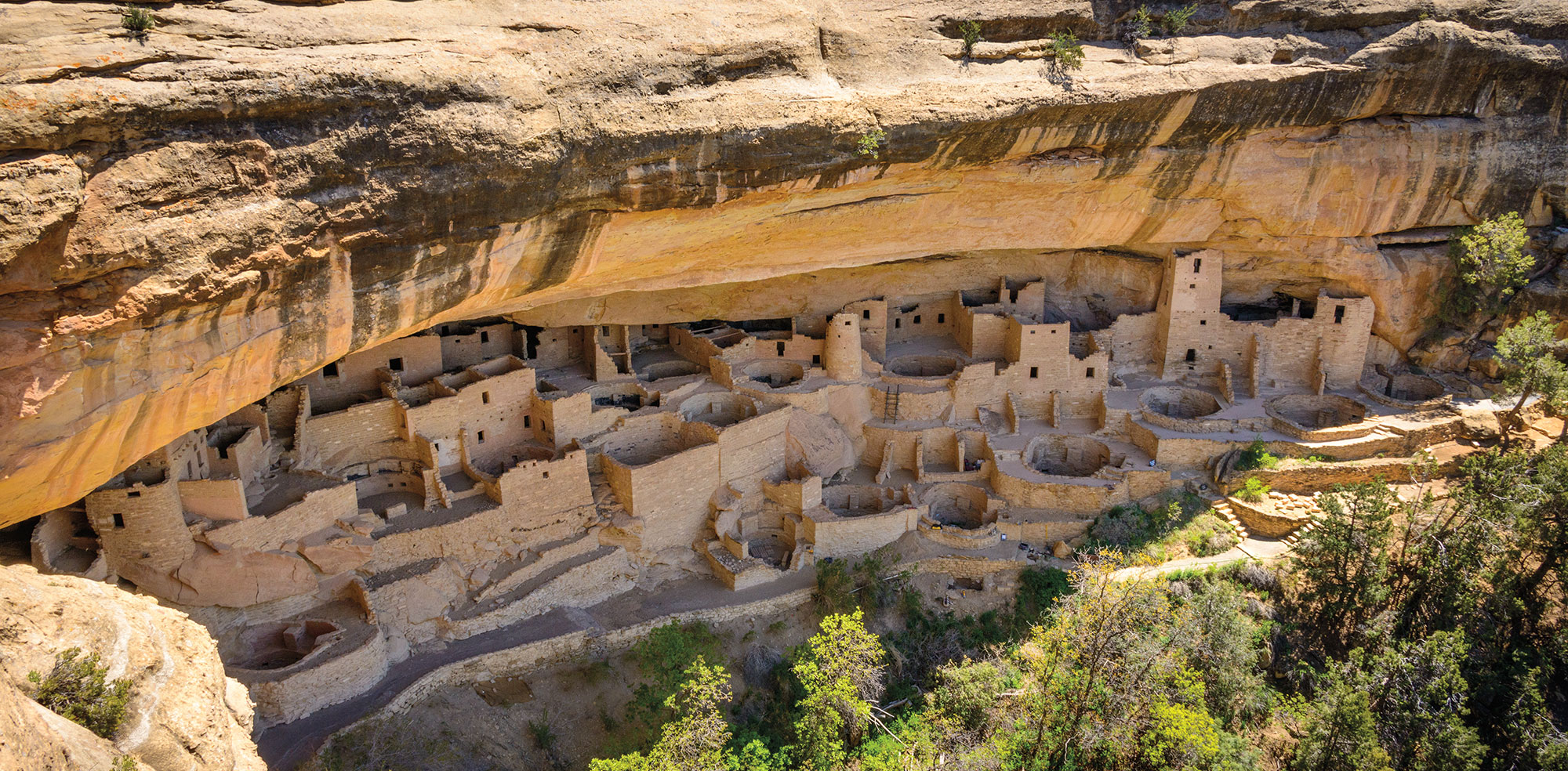
Features July/August 2024
Rise and Fall of Tiwanaku
New dating techniques are unraveling the mystery of a sacred Andean city
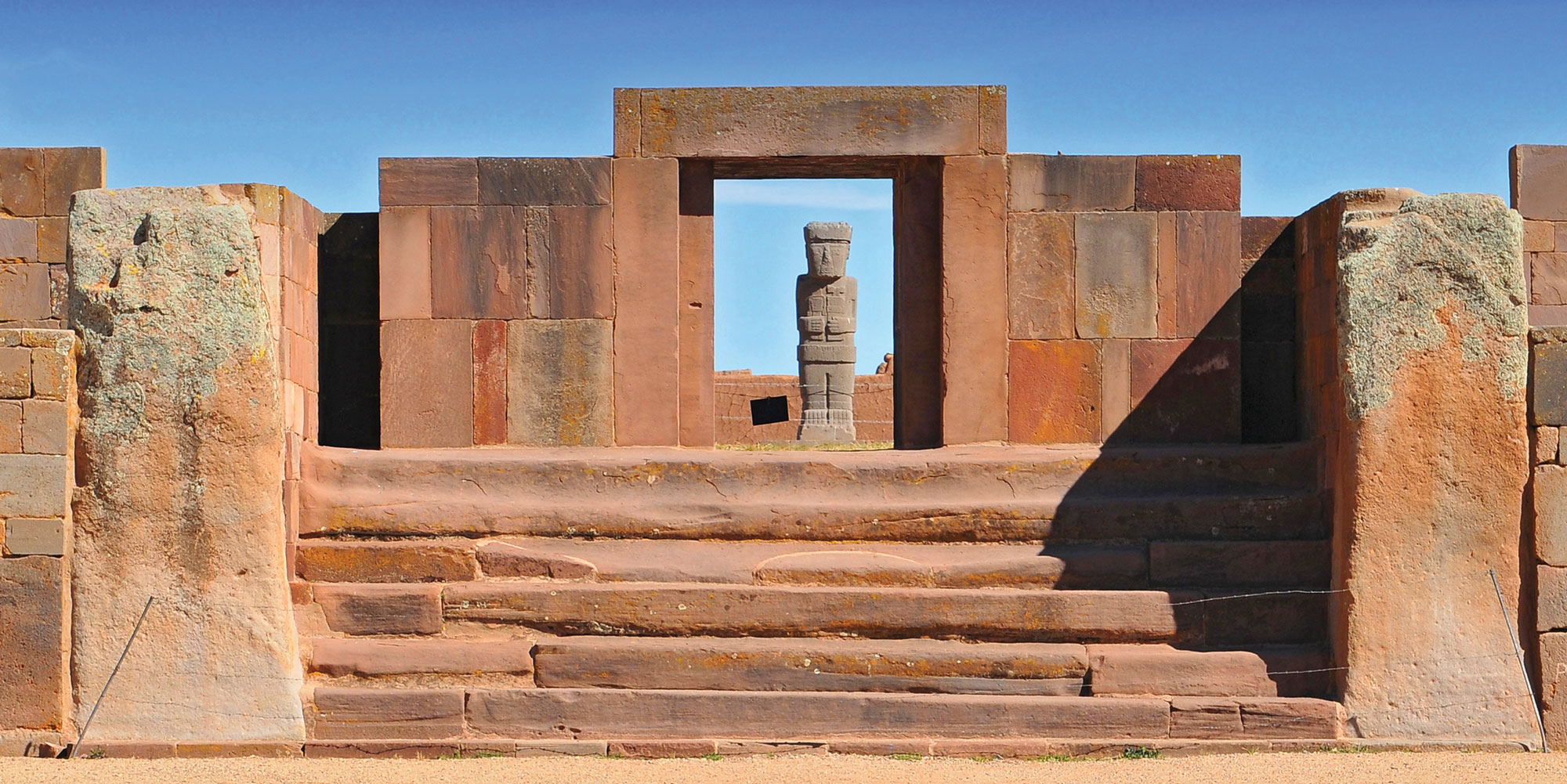
Digs & Discoveries July/August 2023
Bog Togs
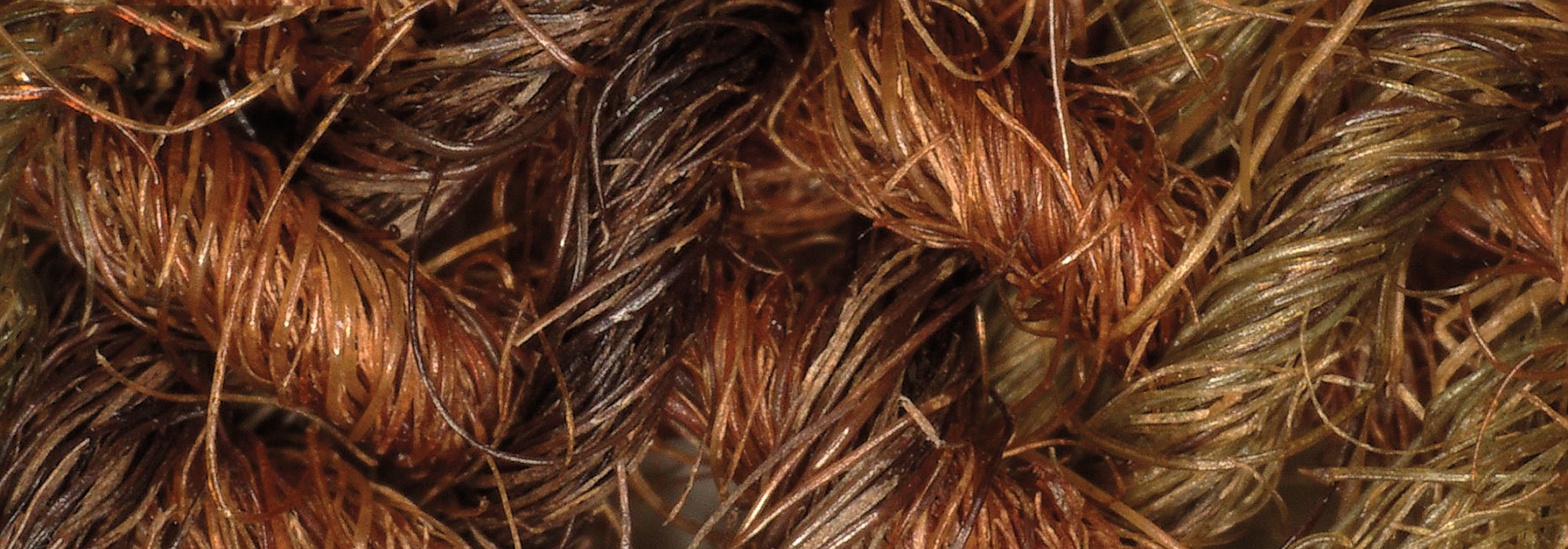
Digs & Discoveries July/August 2022
Save the Dates
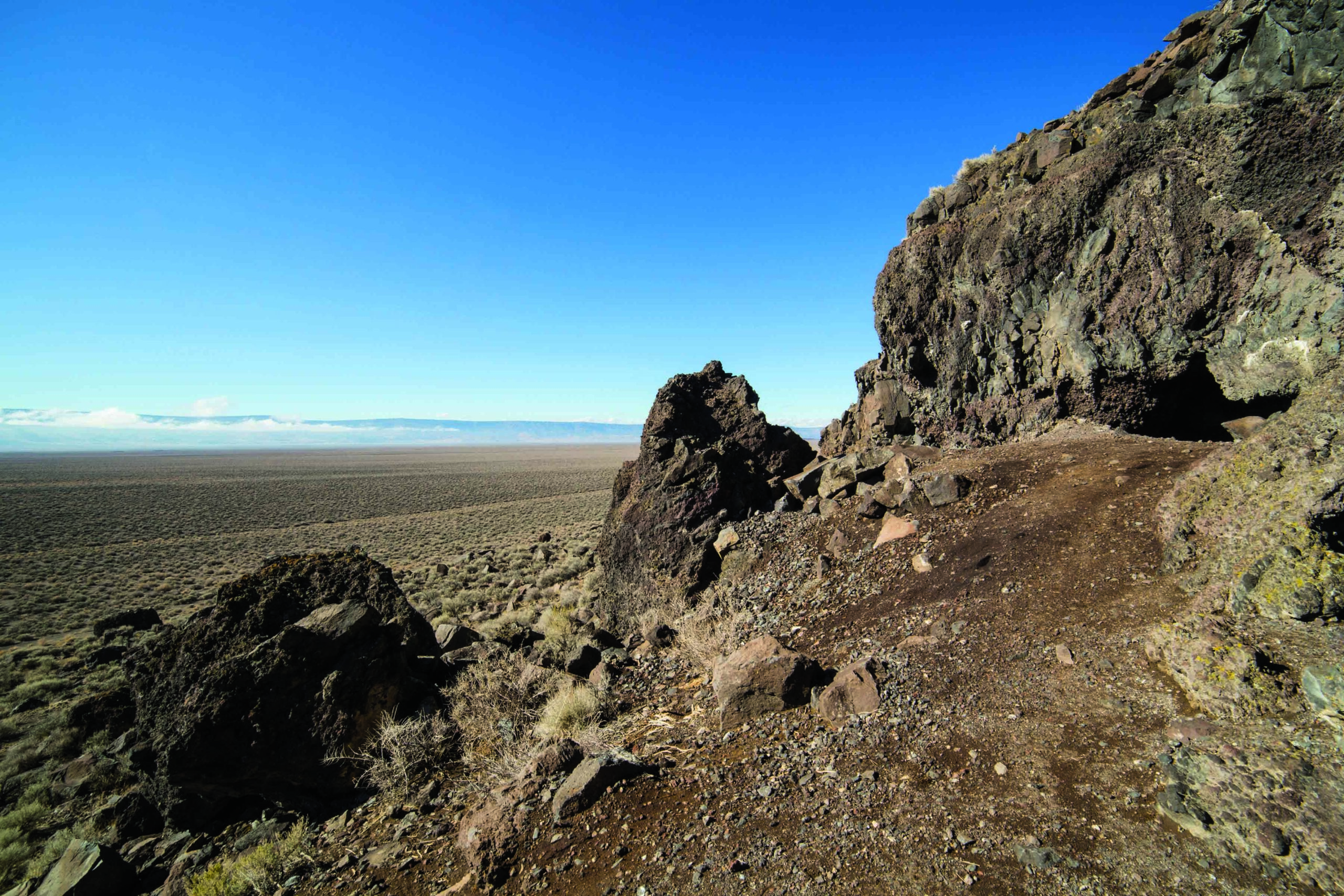
-
Letter from Ireland January/February 2020
The Sorrows of Spike Island
Millions were forced to flee during the Great Famine—some of those left behind were condemned to Ireland’s most notorious prison
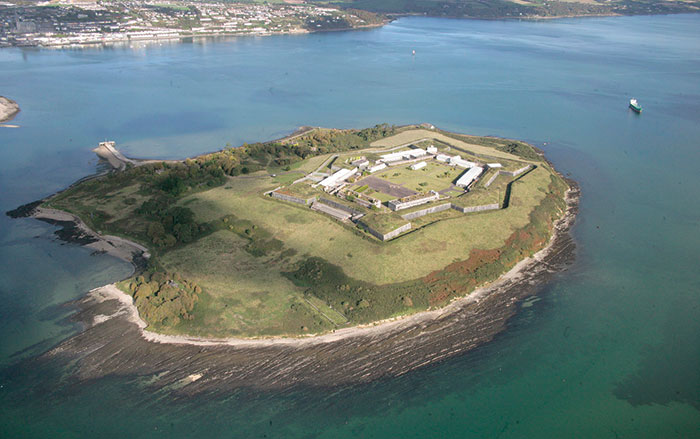 (Courtesy Barra O’Donnabhain)
(Courtesy Barra O’Donnabhain) -
Artifacts January/February 2020
Bronze and Iron Age Drinking Vessels
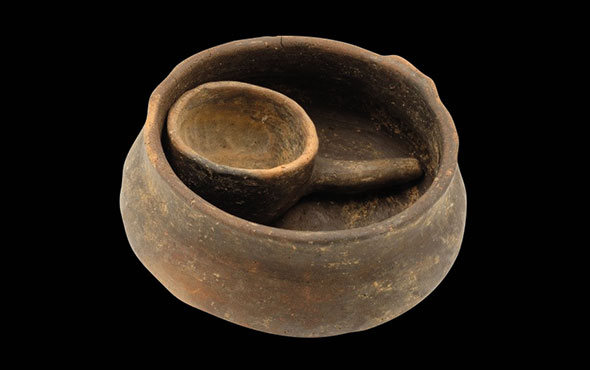 (Alexander Frisch, Museen der Stadt Regensburg)
(Alexander Frisch, Museen der Stadt Regensburg) -
Digs & Discoveries January/February 2020
The Man in Prague Castle
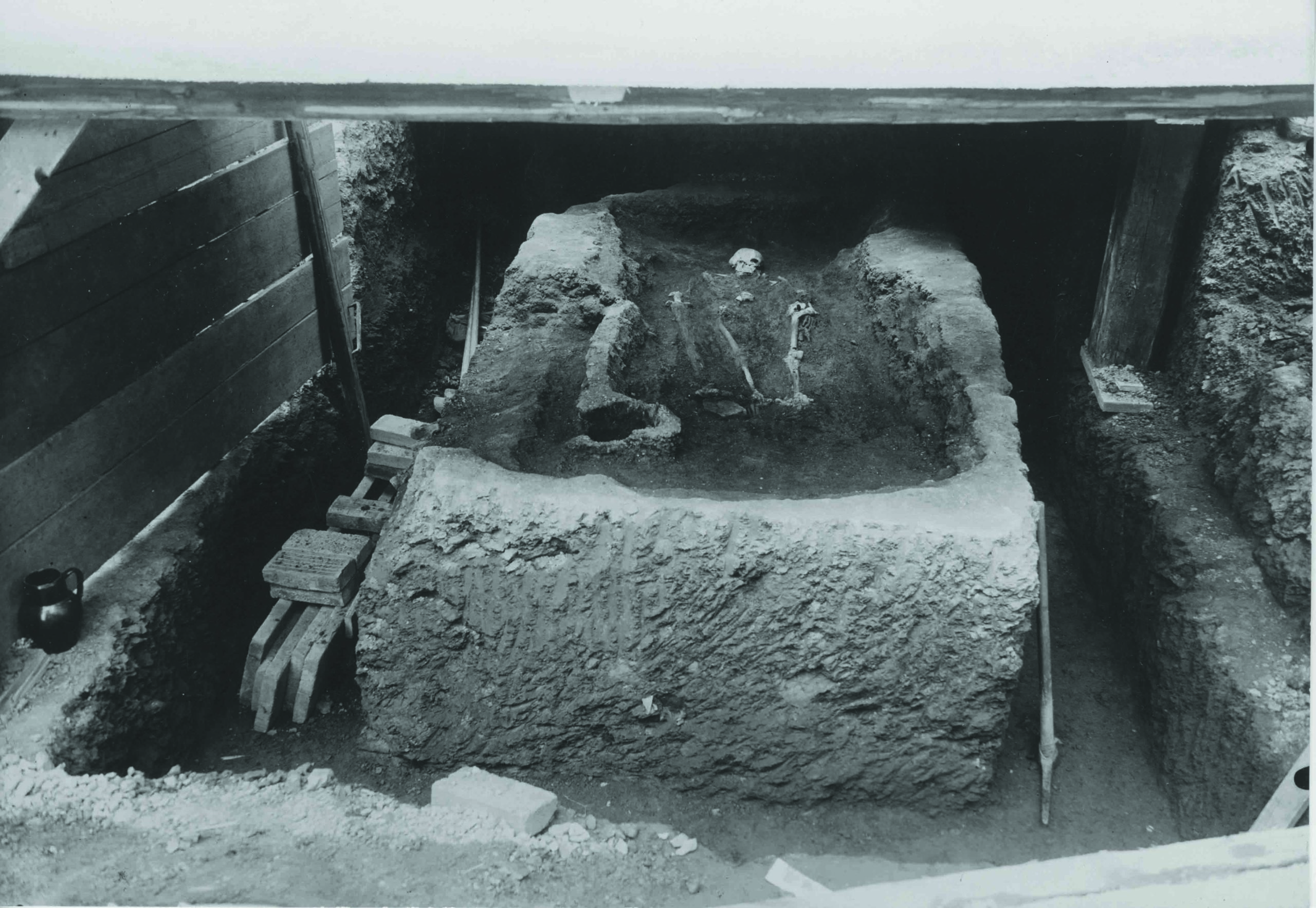 (Prague Castle excavations, Institute of Archaeology, Prague)
(Prague Castle excavations, Institute of Archaeology, Prague) -
Digs & Discoveries January/February 2020
As Told by Herodotus
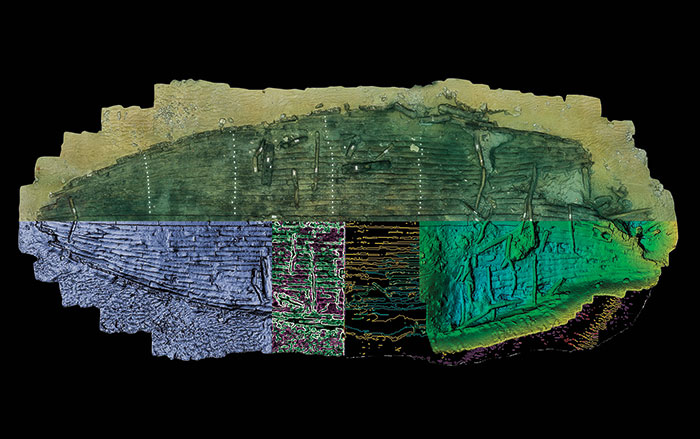 (Christoph Gerigk © Franck Goddio/Hilti Foundation, franckgoddio.org)
(Christoph Gerigk © Franck Goddio/Hilti Foundation, franckgoddio.org)


